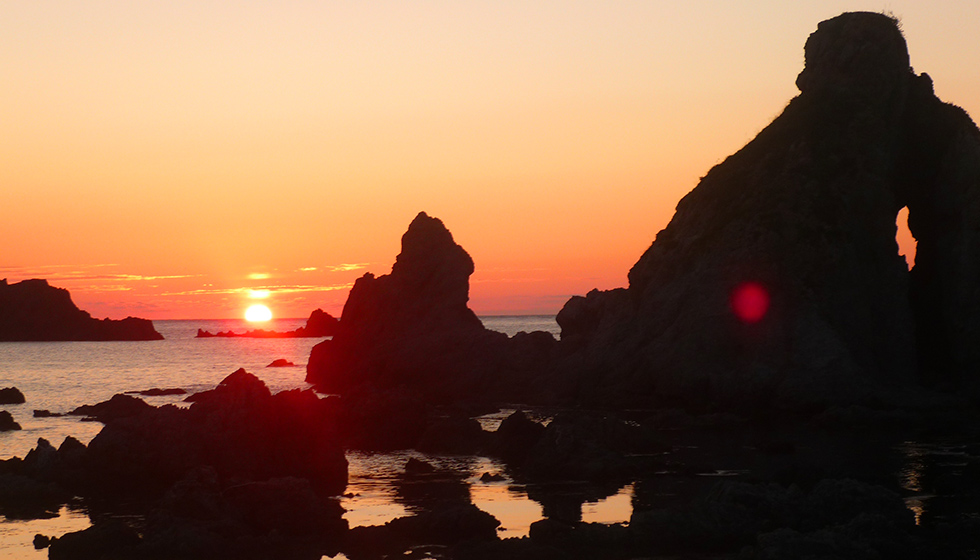Froúrio nisí
Froúrio nisi. The most significant backwater on Zihæt.
Froúrio nisí is the smallest major island in the Dragonshome Island chain. It is home to Froúrio and the Akadimía.
Geography
The island is ringed by a low rocky beach which gives way to steep green hills and a wide plain. The center of the main island consists of a mountain range running roughly southwest–northeast. Mount Kore, the highest point of the range stands 1,172 metres (3,845 ft). On the eastern side of the range lies a wide swath of forest.
A majestic dormant stratovolcano, Mount Eleusis stands solitary at the southern end of the island. Mount eleusis stands over 3500m in height and is snowcapped year round. A geologically active known as the Iófus Caldera lies between the Froúrio Range and Mount Eleusis. A large lake lies in the caldera the northern side of Mount Eleusis, and the Eleusis river flows slowly down towards the only fortified town on the island, Froúrio.
Three smaller islands and one islet line the southern coast.
Ecosystem Cycles
Temperatures on the island are highly variable. Temperatures range from 0-5 degress celsius in the winter, and from 22-30 degrees in the summer. Rainfall is consistent from 100-160mm per month average, coming in the form of snowfall in the winter months.
Fauna & Flora
The main island is populated by mammals including the black bear, moles, bats, tanuki, deer, fox, boar, wild rabbit, mink and squirrel. Birds include the crested ibis, great tit, willow tit, long-tailed tit, magerahigara, higera, great spotted woodpecker, pygmy woodpecker, bush warbler, Eurasian jay, thrush, brown-headed thrush, Hodgson's hawk-cuckoo, grosbeak, lesser cuckoo, black-faced bunting, oriental turtle dove, and common cuckoo.
The forests on the main island are mostly broadleaf (laurel, cycads and oak) and conifers (cedar) as well as cherry and plum.
A small bamboo forest lines the west side of the southwestern island.
Natural Resources
The primary economy of the island revolves around fishing, agriculture and a small amount of husbandry.
Agricultural products include:
Seafood: Shrimp, Crab, Squid, Yellowtail, Oysters. Multiple varieties of Seaweed are produced between the main islands.
Fruit and Vegetable: Rice, mushrooms, Okesaegaki, pears, figs, apples, satsuma oranges, kiwifruits, watermelons, grapes, cherries and melons.
Meat: Beef
The indigenous population is also known for metal casting, a metalic/ceramic pottery unique to the island, weaving and bamboo crafts.
History
Shortly after 2700, the Persopoulos Tribe settled on the island of Froúrio Nisí, near the current location of Lake Eleusis.
In the year 2850, the twin events of the disappearance of the Persopoulos Tribe and the eruption of the home of the modern day Iófus Caldera changed the face of the island significantly.
Following 2850, the island remained abandoned. Local Drákonian folklore held the island was cursed and the eruption was an ill omen.
In 4640, Froúrio was permenantly settled and shortly after the Akadimía was founded to act as a common school for administrators and warriors across the Drákon League.
In 4706, the settlement of Froúrio was razed to the ground by a combination of Norjord and Rus troops acting under orders from the Holy Empire of Humanité and L'église universelle.
Tourism
The island is considered somewhat of a backwater by the main city-states of the Drakón League. Famous mostly for hosting the Akadimía, the only other significant element of tourism are landowners touring the large slave driven plantations.
Type
Island
Location under
Included Locations
Related Ethnicities
Contested By
Characters in Location
Related Reports (Secondary)
Inhabiting Species


Comments